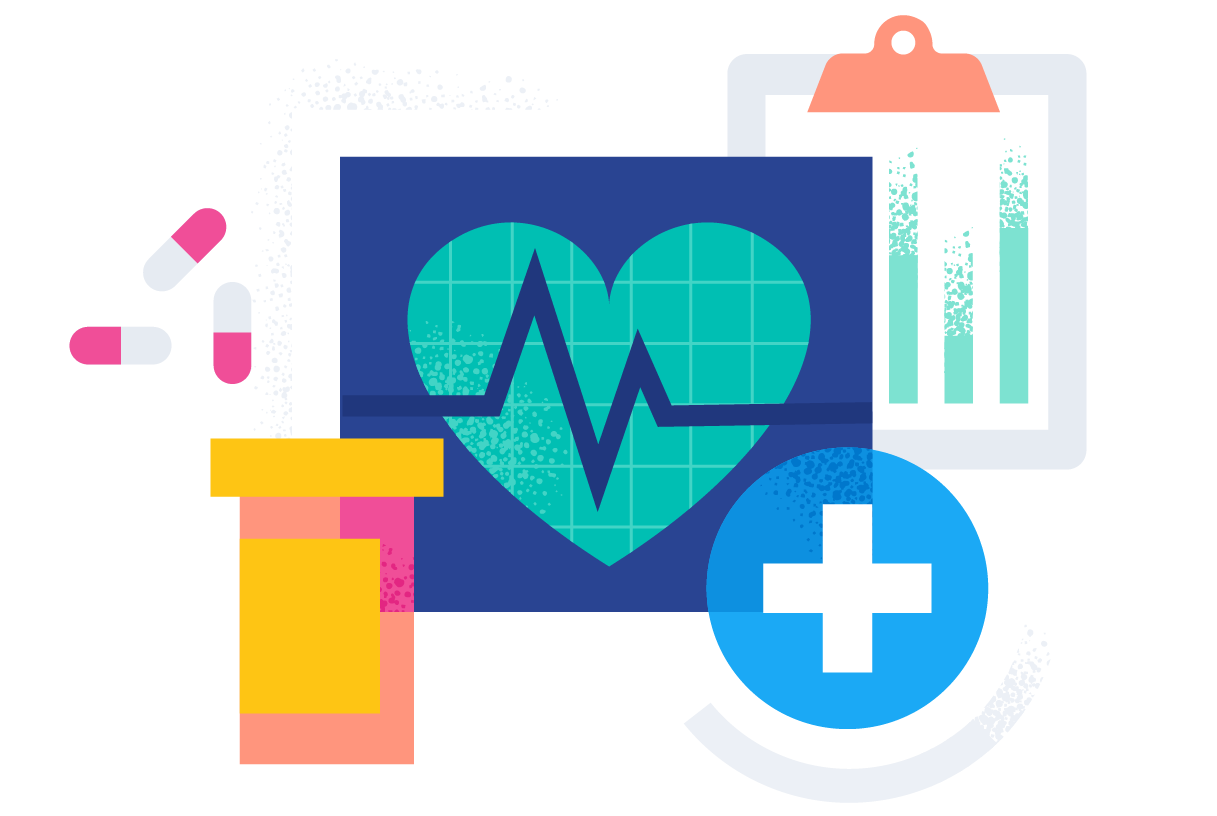Healthcare RCM Devices to Take Full Advantage Of Income and Decrease Denials
Healthcare RCM Devices to Take Full Advantage Of Income and Decrease Denials
Blog Article
A Comprehensive Guide on Exactly How Healthcare RCM Works to Streamline Payment and Collections
Browsing the intricacies of health care earnings cycle monitoring (RCM) is critical for providers aiming to improve their billing and collections processes. The overview unpacks the complexities of RCM, from individual registration to accounts receivable management, using understandings into enhancing each action.
Comprehending Earnings Cycle Monitoring
RCM is an essential management function that incorporates the whole economic process of individual care, from the first consultation establishing to the final settlement of the equilibrium. It is an intricate procedure designed to recognize, gather, and handle the income from the services supplied to clients.
The RCM process starts when a client schedules a consultation and prolongs via the person's care trip, including invoicing and collections. A key purpose is to decrease the time between receiving and supplying a service repayment, thus boosting the organization's economic health. RCM involves different functions such as individual registration, insurance coverage verification, cost capture, coding, claims submission, settlement posting, and managing allures and rejections.
Secret Parts of RCM
In the realm of Income Cycle Monitoring (RCM), understanding its crucial components is essential to achieving monetary performance within healthcare organizations. RCM is a thorough process that encompasses numerous stages, each essential to making sure reliable billing and collections. The key parts include individual enrollment, insurance verification, fee capture, coding, case submission, repayment uploading, and balance due monitoring.


As soon as coded, insurance claims are sent to payers, where accuracy is vital to avoid hold-ups or rejections - Healthcare RCM. Repayment uploading entails recording the obtained payments, which enables for the reconciliation of accounts. Lastly, receivables management concentrates on tracking and attending to unsettled cases, making certain prompt follow-up and resolution
Each component of RCM is interconnected, and ineffectiveness in any type of part can interfere with the entire cycle. For that reason, grasping these components is important for doctor to optimize revenue and enhance their economic wellness.
Methods for Effective Invoicing

Standardizing billing procedures throughout the company is an additional key approach. Developing clear guidelines for documentation, coding, and entry assists maintain uniformity and conformity with governing demands. Training team routinely on these procedures makes certain every go to the website person is current with the most recent adjustments in invoicing codes and payer plans.
Exact fee capture is important in protecting against earnings leakage. Carrying out routine audits and monitoring systems permits the identification and modification of disparities before they influence income. Additionally, preserving open lines of interaction with payers helps to swiftly solve any disagreements or misunderstandings that may emerge.

Lastly, engaging patients early in the payment procedure by supplying clear price quotes and academic materials concerning their economic responsibilities can significantly reduce complication and improve repayment timeliness. These methods jointly add to an extra effective and financially healthy and balanced invoicing system.
Enhancing Collections Procedures
A durable collections procedure is important for keeping monetary security within healthcare organizations. Given the complexities of medical invoicing and the variety of payer needs, improving the collections process entails implementing calculated measures that ensure prompt and precise payment of solutions made. Central to this is the usage of innovation to automate and improve procedures, boosting and reducing hands-on mistakes performance. Automation tools can help in tracking case standings, sending prompt reminders to individuals, and handling rejections better.
Clear and clear client interactions are crucial. Supplying comprehensive explanations of fees and supplying versatile payment plans can enhance patient contentment and timely repayments.
Routine audits of basics the collections procedure ought to be performed to recognize areas for renovation and make certain compliance with laws. By assessing information, health care companies can recognize fads, anticipate prospective problems, and adapt methods appropriately (Healthcare RCM). Inevitably, a well-enhanced collections process not just supports monetary health and wellness however additionally adds to a much more seamless experience for patients and personnel alike
Optimizing Income Streams
Structure upon the structure of a strong collections procedure, medical care organizations can even more reinforce their monetary stability by tactically enhancing revenue streams. This entails a multi-faceted strategy, beginning with a comprehensive analysis of existing earnings sources to identify inefficiencies and areas for development. Utilizing sophisticated data analytics devices allows companies to gain insights right into payer mix, person demographics, and solution utilization patterns, permitting data-driven choices that boost earnings capture.
Executing automated payment systems can dramatically reduce errors and expedite claims processing, guaranteeing that profits is accumulated more successfully. Furthermore, optimizing payer contracts via routine negotiations can improve reimbursement prices and terms, directly affecting the bottom line. Branching out service offerings, such as including telehealth or health programs, can likewise attract a broader individual base, therefore boosting profits possibility.
One more important element is enhancing patient engagement and satisfaction, as completely satisfied people are most likely to comply with therapy plans and make timely settlements. Using versatile settlement alternatives and clear invoicing practices can improve collections and foster client loyalty. Healthcare RCM. By taking on these techniques, healthcare organizations can develop a much more resilient economic framework, ensuring continual growth and security in an ever-changing sector landscape
Verdict
To conclude, healthcare Profits Cycle Management (RCM) plays a crucial function in optimizing payment and collections processes by site incorporating vital parts such as person registration, insurance verification, fee capture, coding, claims submission, and balance due management. By utilizing innovative innovation, systematizing treatments, and cultivating client involvement, healthcare carriers can dramatically decrease case rejections, increase payment cycles, and improve capital. This thorough technique to RCM ultimately results in enhanced monetary efficiency and sustainability for medical care companies.
The RCM process begins when a patient timetables a consultation and extends through the client's treatment journey, consisting of billing and collections.Another essential element is enhancing individual involvement and fulfillment, as pleased individuals are extra likely to stick to treatment plans and make timely payments. Offering flexible settlement options and transparent invoicing methods can boost collections and foster person commitment.In verdict, health care Profits Cycle Monitoring (RCM) plays an important duty in optimizing billing and collections procedures by incorporating crucial parts such as patient enrollment, insurance policy confirmation, fee capture, coding, asserts entry, and accounts receivable monitoring. By utilizing advanced innovation, standardizing procedures, and cultivating individual involvement, medical care providers can substantially minimize case denials, speed up repayment cycles, and enhance cash flow.
Report this page